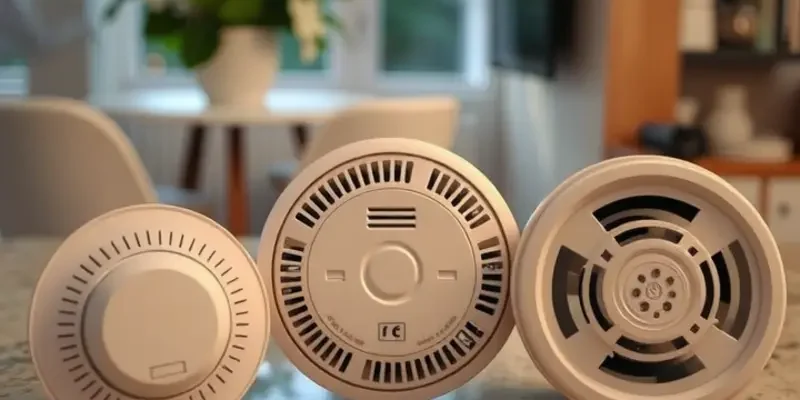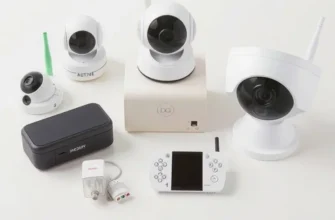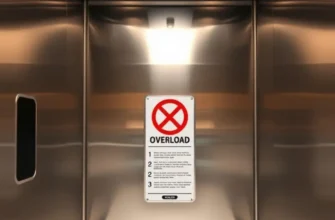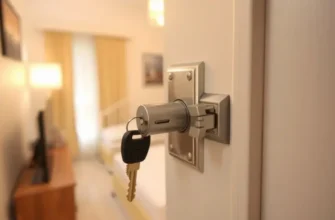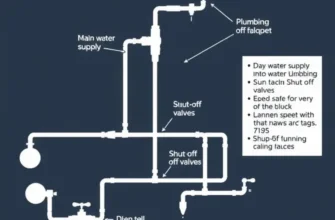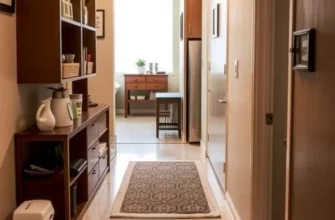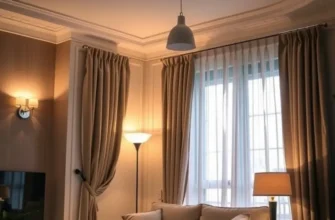Apartment living can be a rewarding experience but comes with its own set of responsibilities. One critical aspect that often gets overlooked is smoke alarm maintenance. As a renter, ensuring the safety of your home not only protects you, but also your belongings and peace of mind. Regular maintenance of smoke alarms can drastically reduce the risk of fire hazards, allowing you to focus on enjoying your space instead of worrying about safety. Thankfully, maintaining these essential devices doesn’t have to be a burden—understanding a few simple tips and routines can keep your smoke alarms in top shape. This guide aims to equip you with clear, practical solutions to ensure your smoke alarms are functioning properly, all while making the process as hassle-free as possible. Together, let’s make your apartment a safer haven.
Understanding Your Smoke Alarm: Importance and Types
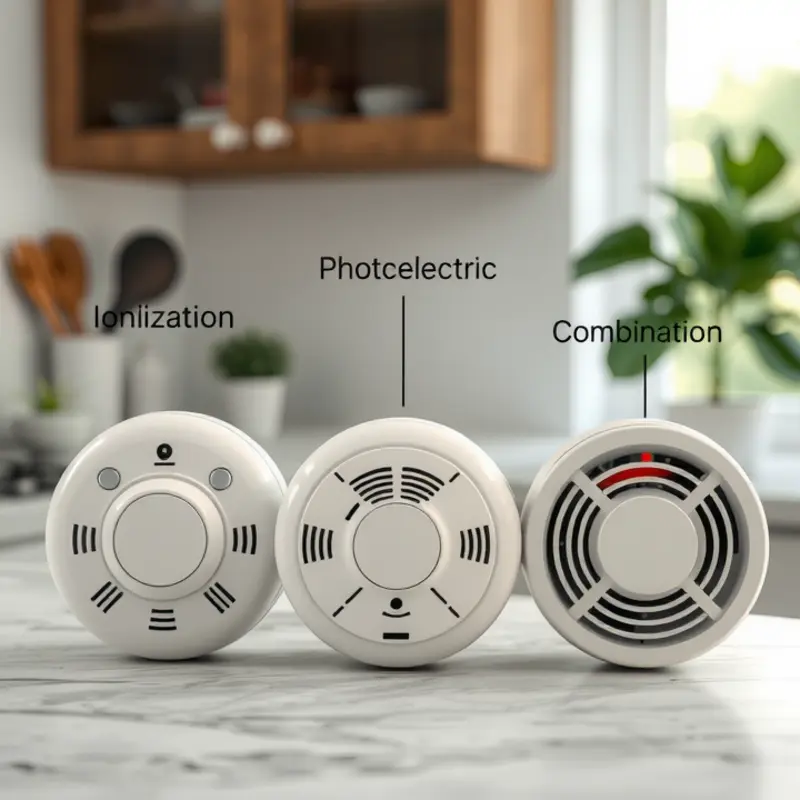
Smoke alarms are a crucial component of apartment safety, serving as the first line of defense against potential fire hazards. These devices provide early warning in the event of a fire, significantly increasing the chances of escape and minimizing property damage. Awareness of smoke alarms’ functionality and strategic placement can be lifesaving.
Smoke alarms come in different types based on their detection technology: ionization, photoelectric, and combination models. Each type has unique characteristics that address specific fire detection needs.
Ionization smoke alarms are highly effective at detecting flaming fires. They contain a small amount of radioactive material between two electrically charged plates, which ionizes the air and creates a current. When smoke disrupts this current, the alarm sounds, alerting residents. These alarms respond quickly to fast-burning fires, which can flare up rapidly in apartments with open layouts and light furnishings.
Photoelectric smoke alarms work through a different mechanism. They contain a light source angled away from a sensor. When smoke enters the chamber, it scatters the light, which then hits the sensor and triggers the alarm. These devices are adept at detecting smoldering fires, which often begin in furniture or behind walls. Such fires are deceptive, as they can grow without visible flames but produce heavy smoke.
For a comprehensive approach to fire safety, combination alarms provide the best of both worlds. These devices combine ionization and photoelectric technologies, offering comprehensive coverage and quicker response to various fire types. By investing in combination alarms, residents can maximize their protection.
Strategic placement of smoke alarms within your apartment is equally crucial. It is recommended that smoke alarms be installed inside every bedroom, outside each sleeping area, and on every level of the apartment, including basements. Avoid placing them too close to the kitchen or bathrooms, where steam and cooking fumes can cause false alarms. Instead, place them at least ten feet away, as this reduces the likelihood of nuisance triggers without compromising safety.
When determining the number and placement of alarms, consider the layout and square footage of your living space. Install alarms on ceilings or high on walls since smoke rises. Testing your alarms monthly and replacing batteries at least once annually is vital to ensure they function correctly.
For residents looking to delve deeper into apartment safety, consider exploring additional resources on related topics. One useful guide is apartment radon safety, which complements smoke alarm awareness by addressing other potential hazards in your living environment.
By understanding and maintaining your smoke alarm system, you protect yourself and others in your residence. A few simple steps and informed choices can dramatically enhance your safety and peace of mind at home.
Simple Steps for Hassle-Free Smoke Alarm Maintenance
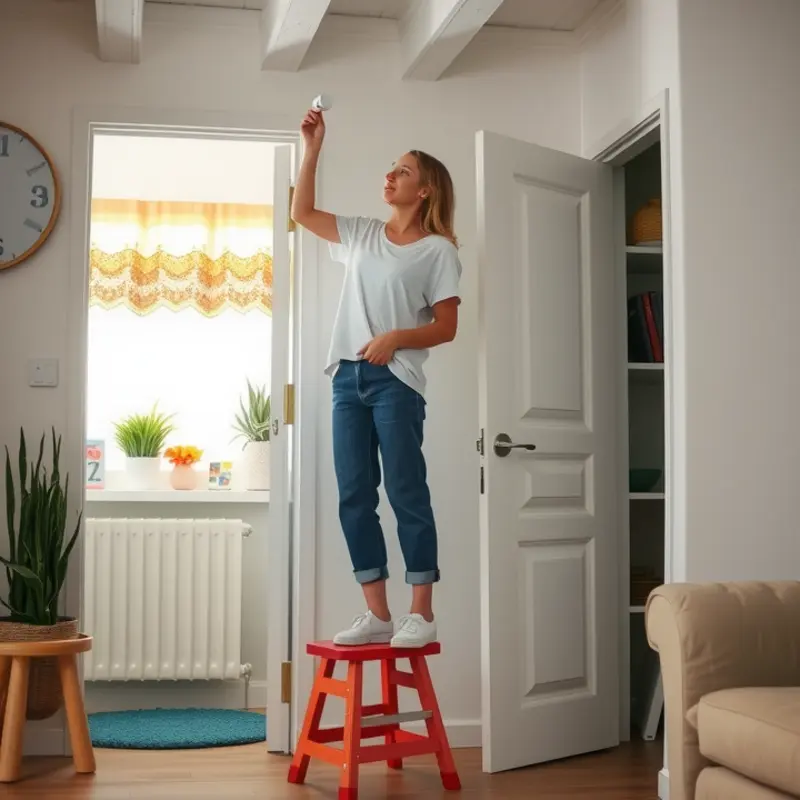
Maintaining your smoke alarms is crucial for ensuring fire safety in your apartment. Regular upkeep can be straightforward with a few simple steps. Start by testing your smoke alarms monthly. This involves pressing the test button, typically located on the front or side of the unit. If the alarm sounds, it functions properly. If not, it’s necessary to troubleshoot the unit or replace it entirely.
Cleaning your smoke alarm is another essential maintenance task. Dust and debris can accumulate over time, potentially impacting performance. Use a vacuum cleaner with a soft brush attachment to gently clean the vents and surface of the alarm every six months. Avoid using cleaning sprays or solvents, as these can damage the sensor.
Battery replacement is a task many overlook, but it’s crucial for reliable operation. Change the batteries at least once a year, and if your alarm starts to beep intermittently, replace the batteries immediately. For units with ten-year lithium batteries, replace the entire unit after the decade passes.
Landlords and property managers have specific roles in maintaining smoke alarm safety. Compliance with local safety regulations is imperative. Regular inspections and maintaining valid records ensure safety standards are consistently met. Encourage tenants to report any issues and consider conducting annual inspections to bolster compliance and peace of mind.
A practical timeline for maintenance is essential. Aim to test alarms monthly, clean them biannually, and replace batteries annually or as needed. This schedule will help prevent unexpected malfunctions and ensure ongoing safety.
In the event a smoke alarm goes off, respond calmly and methodically. Validate if there’s an actual fire by checking for smoke or flames. If the alarm is false, ventilate the area to disperse any smoke or cooking fumes that might have triggered the sensor. However, if there’s a fire, follow your building’s evacuation plan immediately, prioritizing safety over possessions.
For landlords and tenants looking to improve overall apartment safety, considering additional precautions can be beneficial. For instance, reading resources on apartment radon safety can help in understanding how to mitigate other potential hazards, further securing the living space.
Implementing these simple maintenance steps will make smoke alarm upkeep hassle-free and significantly enhance your apartment’s safety. Keeping alarms functioning efficiently not only complies with safety regulations but also ensures the well-being of all occupants.
Final words
Maintaining your smoke alarm is a simple yet vital part of apartment living that shouldn’t be overlooked. By understanding the different types of smoke alarms and implementing straightforward maintenance routines, you ensure that your home remains safe and secure. Whether you’re a long-term renter or new to apartment living, adopting these practices makes safety a collaborative effort with your property management. Regularly checking and taking care of your smoke alarms not only protects you but brings peace of mind, enabling you to enjoy your apartment fully. Remember, safety is just a check away!

